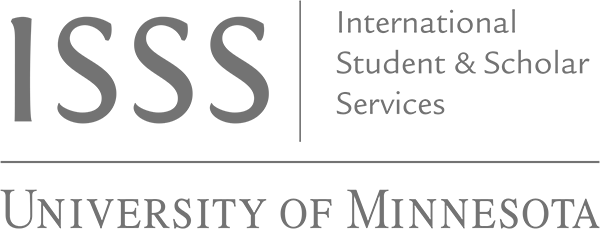ISSS will assign a “case type” to each H-1B, E-3, or TN petition. The application process is the same regardless of the case type, but there may be slight variation in terms of timeline, fees, post-approval procedures, and what is allowed while the petition is pending.
Amendment
If there are any material changes in an employee’s job, a new USCIS petition may be required. Consultation with ISSS must occur before the job change. This is particularly important if it involves a change of physical work location.
A change in an employee’s work location can be considered a material change that requires an amendment if the new location is outside of a “normal commuting distance” from the work location(s) listed in the most recently approved petition. This includes employees who are working from home. Departments should contact ISSS before authorizing work-for-home arrangements for employees living in areas outside of the the city/metropolitan area listed on the I-129 H-1B petition.
If an amendment is required, the department must complete the same application process and pay the required fees again. If the employee has not reached the 6-year H-1B limit, an extension may be requested at the same time as the amendment (see more information below).
Concurrent Employment
H-1B authorization is employer-specific. Under some conditions it is possible to maintain H-1B status with two separate employers (“concurrent employment”), if both employers file separate H-1B petitions. In many cases, one employer serves as the primary (full-time) employer, and the second employer files for concurrent employment, which is often part-time. See the UMN policy on part-time H-1B employment.
Consular Notification
“Consular Notification” is the case type applied to petitions when the individual is not applying for a change or extension of status from within the United States, most commonly because they are residing abroad. Petitions that are approved for consular notification receive an I-797B Approval Notice (without a Form I-94 attached to the bottom).
As explained on the H-4 Dependents page, when a case is designated for consular notification, dependents are not included in the application to USCIS.
Change of Status
Employees already in the U.S. with another non-immigrant status (for example, F-1 or J-1) may be able to change status to H-1B without leaving the country. Employees and departments should consult closely with ISSS about the timing of the change of status and the job start date, any international travel during this period, and eligibility factors such as:
- Whether the employee is subject to the J-1 two-year home country requirement (see Students, Scholars, or Student-Interns)
- Whether the employee is currently working at the U of M, and if so, whether the job title will remain the same or change for the H-1B petition
- Whether the employee has maintained his/her current legal status (this is required to be eligible for a change of status)
Extension
H-1B status may be extended for individuals who have not used the full 6 years of available H-1B status. This is a cumulative total, inclusive of all H-1B employers, and starts over after an individual has been outside of the U.S. for one year.
Extensions Beyond 6 Years
Under some conditions, it may be possible to obtain H-1B extensions beyond the 6-year maximum.
If the employee spent time outside of the U.S. during their 6-year H-1B period and can show evidence of this, the time can be “recaptured.”
If the employee has started the U.S. permanent residence process:
- They may be eligible for a 3-year extension beyond the 6-year limit if they are the beneficiary of an approved I-140 but are unable to file the adjustment of status application (I-485) due to per-country limits on visa availability.
- They may be eligible for a 1-year extension beyond the 6-year limit if 365 days or more have passed since the filing of the labor certification (Form 9089) if a labor certification is required, or the filing of an I-140 if a labor certification is not required. (The employee would become ineligible for this benefit if they are the beneficiary of an approved I-140 but did not file the I-485 within one year of an immigrant visa number becoming available.)
Eligibility for extensions beyond 6 years is complex, and if you are unsure about eligibility you should discuss this with an immigration attorney or ISSS before initiating the H-1B extension process. We recommend initiating the extension with ISSS 6-7 months in advance, when possible.
Transfer
Portability is the official term used by USCIS when an employee already holds H-1B status and "transfers" from one employer to another. In order for the employee to begin working for a new employer, that employer must file an entirely new H-1B petition prior to the expiration of the most recent I-797 Approval Notice and Form I-94.
Employees and departments should consult closely with ISSS about the timing of the transfer and about any travel outside of the U.S. during this period. Employees should not finalize their employment end date with their current employer until the UMN start date has been approved by ISSS. Employees should avoid a gap between H-1B employers whenever possible, although a discretionary grace period may be available in limited circumstances.
